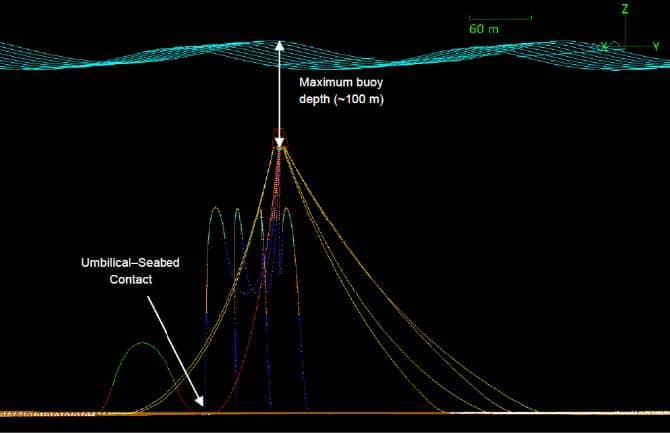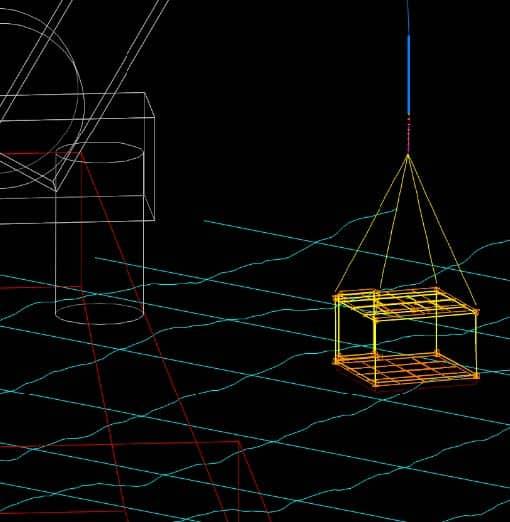Atteris collected the required site data for numerous sites, relying on vast experience on similar projects in the area.
Several concepts were developed based on using conventional trenching methods, drilling technology, and tunnelling. Given the required flowrates in combination with the site conditions, Atteris concluded that segmental lined tunnelling would offer the most cost-effective and least impact solution.
Depending on the shore crossing location, tunnel lengths of between 5 and 13 km were assessed, for both a seawater intake system and a brine discharge outfall. The concept was based on tunnelling between 10-20 m below the seabed, up to the 15 m water depth contour. In the concept, riser systems connect the tunnels with on-seabed submarine structures.
The work included shore crossing site selection, tunnel design, submarine structure design, hydraulic design, geological and geotechnical studies, metocean studies, constructability assessments, cost/schedule estimation, risk assessments, and identification of opportunities.






